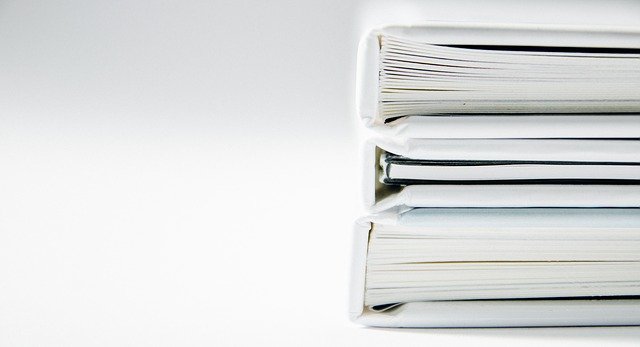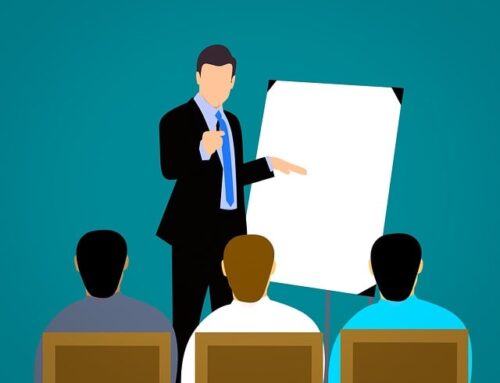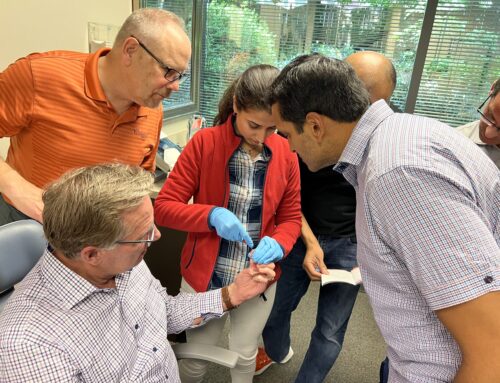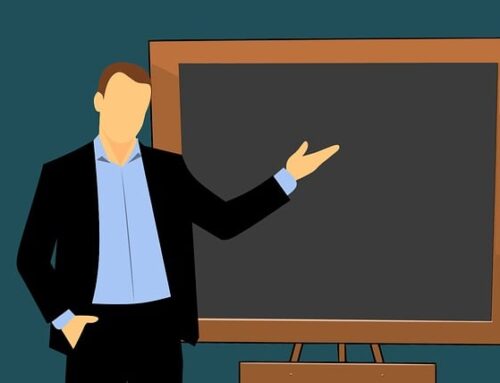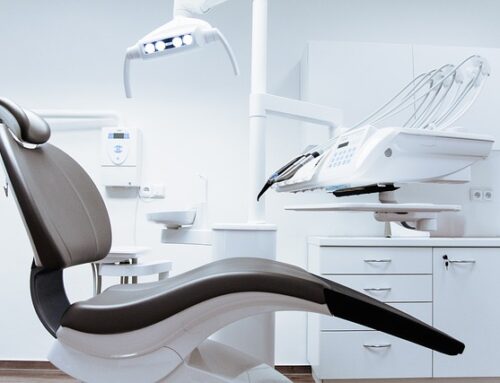Have you ever been interested in learning more about cadaver dissection? Well, you’re in luck because we are offering a hands-on cadaver dissection course led by Wesley E. Shankland, DDS, May 6-7 in Atlanta! Let’s take a closer look.
The speaker
Wesley E. Shankland, DDS, is highly trained in general dentistry, restorative dentistry, the treatment of TMD (TMJ) and other facial pain disorders and sleep breathing disorders. He has been in practice since 1978 in Central Ohio. Upon graduation from The Ohio State University College of Dentistry, in a class of 215 students, Dr. Shankland earned 3 of 12 academic awards, all of which were determined by the faculty of the College of Dentistry.
He completed a one-year fellowship in the diagnosis and treatment of temporomandibular disorders. Within one year of graduating, Dr. Shankland was asked to join the faculty of the College of Dentistry and he continued to teach for five years.
Course Objectives
In this continuing dental education course, we will cover a wide range of information in a hands-on setting. Some of the cadaver dissection course objectives include:
- Visualization of the TM joint’s anatomy and observe the motion of the condyle and the disc.
- Observation of actual obstruction of the airway.
- Examination and dissection of the muscles which comprise the airway.
- Each student will have his or her own cadaver to dissect.
- Visualization and observation of injection techniques that are taught in the mini residency program and their anatomical basis.
- Examination, in detail, of the brain to understand the numerous areas which are involved in both pain perception and the complex process of sleep.
- Dissection of structures that contribute to craniofacial pain and temporomandibular disorders.
What will be dissected
During this course, dissection of the different structures will include the following:
- Pharyngeal muscles.
- Palate and soft palate.
- Maxillary sinus and pterygopalatine fossa.
- Muscles of facial expression and facial nerve.
- Neck, carotid artery and maxilliary artery.
- Infraorbital and mental nerves.
- Muscles of mastication.
- Temporomandibular joint.
- Inferior alveolar nerve.
- And more!
Spaces are limited for this course, so don’t forget to sign up right away. We look forward to seeing you all there!

